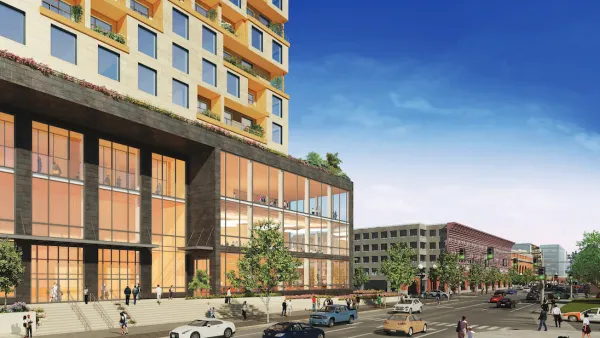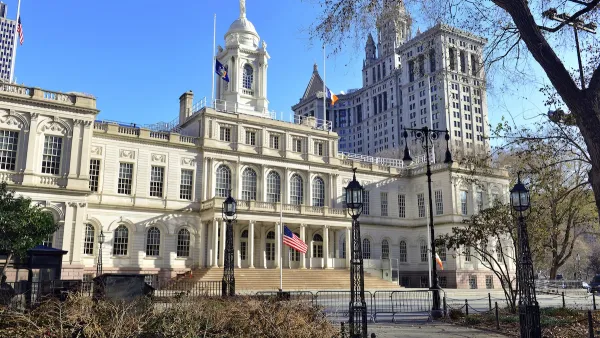Like so many drug and crime infested neighborhoods in cities everywhere, ideas abound for fixing the Jane and Fitch neighborhood in Toronto. But will any of them work?
"Over the past three decades, Jane and Finch has remained a crack in Toronto's wall that has, again and again, been covered up with wallpaper.
It has been decorated with grants, surveillance cameras, task forces and studies. But as politicians furrowed their brows at the somehow-surprising findings of each commissioned report, all along, residents have been calling for a new foundation.
Jim Watson politely disagrees with critics who say the provincial government hasn't committed itself financially to fixing Jane and Finch."
"But the decades-old problems persist. Unemployment. Low income. Under-education. Health problems. Poor housing. Isolation."
"Watson pins the blame, like so many others before him, on the 1970s urban planning fiasco that is Jane and Finch.
Dozens of low-income high rises erected around the intersection would preface overcrowding in schools and increasing juvenile delinquency in the 1970s, the presence of handguns in the 1980s and increasing poverty through the 1990s.
Kids would fall through the cracks that critics charge have never been cracks at all, but huge gaps left by negligent politicians. Some would fall behind in school; others would drop out, deal drugs, rob stores, carry guns. Childhood friends would end up behind bars, in front of bullets and in burial plots.
"We're very much of the opinion that you have to have a mixed development in neighbourhoods so that you know individuals are interacting with people from all economic strata," Watson says. "To simply have all of the low-income people put into an affordable housing complex is not good planning."
But being of an opinion and fixing problems erected by long-gone policy makers are entirely different things."
FULL STORY: Lots of fixes, no solutions

National Parks Layoffs Will Cause Communities to Lose Billions
Thousands of essential park workers were laid off this week, just before the busy spring break season.

Retro-silient?: America’s First “Eco-burb,” The Woodlands Turns 50
A master-planned community north of Houston offers lessons on green infrastructure and resilient design, but falls short of its founder’s lofty affordability and walkability goals.

Delivering for America Plan Will Downgrade Mail Service in at Least 49.5 Percent of Zip Codes
Republican and Democrat lawmakers criticize the plan for its disproportionate negative impact on rural communities.

Test News Post 1
This is a summary

Test News Headline 46
Test for the image on the front page.

Balancing Bombs and Butterflies: How the National Guard Protects a Rare Species
The National Guard at Fort Indiantown Gap uses GIS technology and land management strategies to balance military training with conservation efforts, ensuring the survival of the rare eastern regal fritillary butterfly.
Urban Design for Planners 1: Software Tools
This six-course series explores essential urban design concepts using open source software and equips planners with the tools they need to participate fully in the urban design process.
Planning for Universal Design
Learn the tools for implementing Universal Design in planning regulations.
EMC Planning Group, Inc.
Planetizen
Planetizen
Mpact (formerly Rail~Volution)
Great Falls Development Authority, Inc.
HUDs Office of Policy Development and Research
NYU Wagner Graduate School of Public Service





























